DARMSTADT, Germany - Sixty-three years after U.S. military forces arrived in Darmstadt, the Griesheim Veteran's Memorial Museum held its final exhibit for generations of Germans and Americans associated with the Army installation.
As visitors trekked from one room to another March 30, a veritable smorgasbord of U.S. and German military history came to life through newspaper clippings, vehicles, painstakingly posed dioramas, historical equipment and a documentary, with every display assembled by volunteers.
Overseen by George Robinson, Darmstadt's child and youth services sports and
fitness director, the museum is the pride of the Hessen-American Military Historical Society, an organization active in the Darmstadt area for 18 years.
Originally founded as the Rhine Neckar History Society by Robinson in January 1990, under the approval of the former 293rd Mannheim Base Support Battalion, the organization has adapted its mission and focus alongside the Army's transformation in Europe.
Members began their involvement in the Darmstadt community by performing U.S. Civil War re-enactments at community events. Then, in 1995, the club organized an exhibition to help the city of Darmstadt celebrate the 50th anniversary of U.S. Soldiers reaching Darmstadt. The success of the exhibit and subsequent re-enactments prompted U.S. Army Garrison Darmstadt to help secure the historical society - and Robinson's growing personal historical collection - a more permanent home to promote German-American friendship.
In July 2001, the Rhine Neckar Historical society "permanently" located their collection at Babenhausen Kaserne, where community organizations, school children and the German public were able to view the artifacts as a way of understanding military history.
On opening day, Robinson remembers more than 300 people streaming through the museum, viewing displays of Civil War uniforms, World War I and II equipment, and the history of U.S. Army installations, dating back to their original German Army use in the 1930s.
A few months later, however, the events of Sept. 11, 2001, precipitated new security measures that limited public access. Still, Robinson and his 40-member group persevered, opening again to the public in November 2003, in accordance with new security protocols.
For three years the group continued to operate at Babenhausen, drawing in large groups of visitors, until the closure of the Kaserne prompted yet another change for the dedicated historians and their museum.
Lt. Col. David Astin, commander of U.S. Army Garrison Darmstadt, in fitting with the group's motto - "preserve history for history" - granted permission for the re-named Hessian-American Military Historical Society to relocate to Griesheim Kaserne. During the course of their final year, the group has dedicated themselves to educating scouts, students, and German citizens - while continuing to expand and preserve their collection.
The museum now contains an entire room dedicated to Signal Soldiers that once lived and worked in Darmstadt. Monika Hill and her family, including one-year old son Dominic, attended the museum's closing ceremony as a family outing. She was pleasantly surprised to feel a connection to the artifacts. "I love history. But with us all actually being here [in Germany], you feel more of a connection with the museum and actual events," she explained.
Dominic was the youngest visitor of about 50 community members who journeyed through the museum to say farewell. Visitors were treated to a preview of a documentary the historical society is producing, with the goal of preserving Darmstadt's military history in a medium beyond the walls of Griesheim Hangar.
As visitors meandered through the exhibits, many, like Mecki Snippen, shared their own memories of Darmstadt in the early years after World War II. "We [the children] used to line the streets," Snippen recalled, "and call out 'cheving goom' to the American Soldiers, with the German pronunciation."
Robinson explained that it is the memories like Snippen's, of local interactions with Soldiers, that the museum has tried so hard to capture. "You probably notice there are not a lot of weapons in our museum," he said. "We try not to concentrate so much on combat, but on the Soldier, the things around the Soldier, the letter home, the cigarettes, [and so on]."
Robinson's primary associate, the late Dieter Clobes, dedicated the later years of his life to the museum and its efforts to preserve the German-American rapport because of a simple chocolate bar given to him by a Soldier in 1945. Robinson and Clobes' efforts were recognized by Astin, who praised them for keeping the friendship between Germans and Americans alive through their organization, and declared Robinson "a community treasure."
While Robinson doesn't know yet where he and his collection will journey to next, he is grateful of his time in Darmstadt - and the memories he's made and been able to preserve.
"I've called Darmstadt pretty much my home all of my adult life, since 1976, so over the years it [the museum] has become a way to commemorate that time and to honor the friendship that exits between Germans and Americans in Darmstadt. Wherever I end up, somewhere, somehow, someplace, there will be something that keeps the memory of my time, and the Germans and Americans in Darmstadt going."
Just don't ask Robinson about Darmstadt's pending closure, as this amateur historian is not quite ready to close this chapter of history. "I don't know if I will be here at the
official closing, but if I am, you can bet your bottom dollar I will be crying my eyes out."
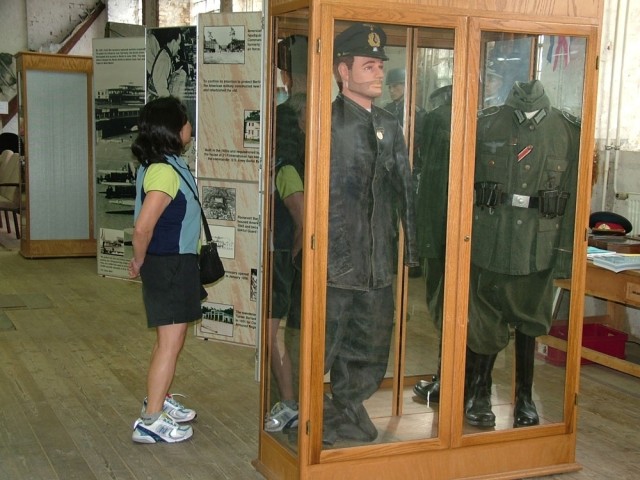
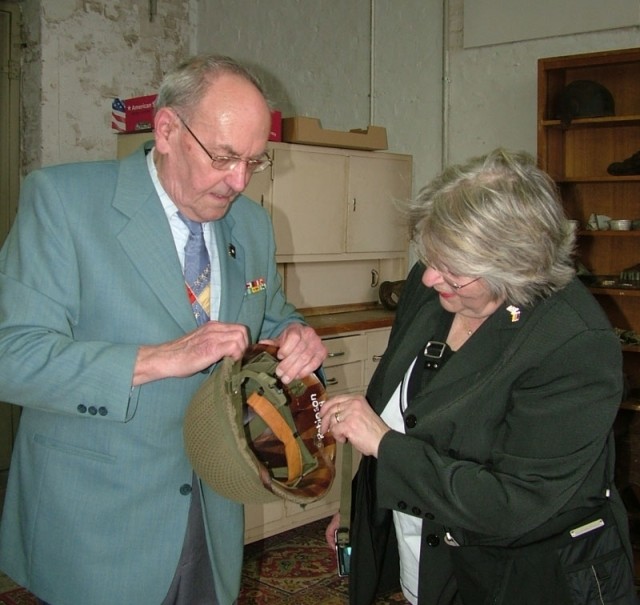
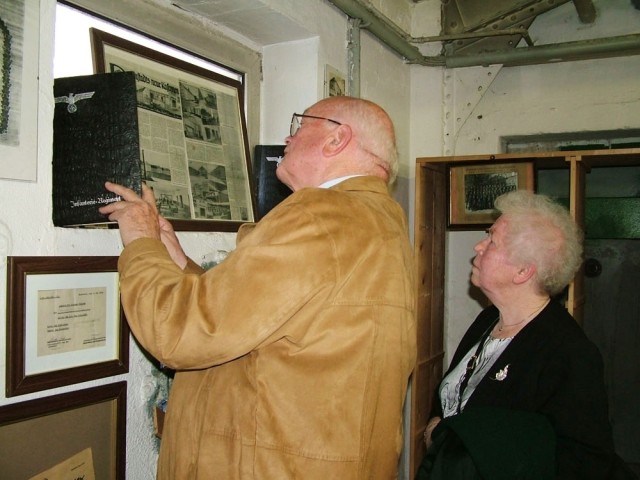
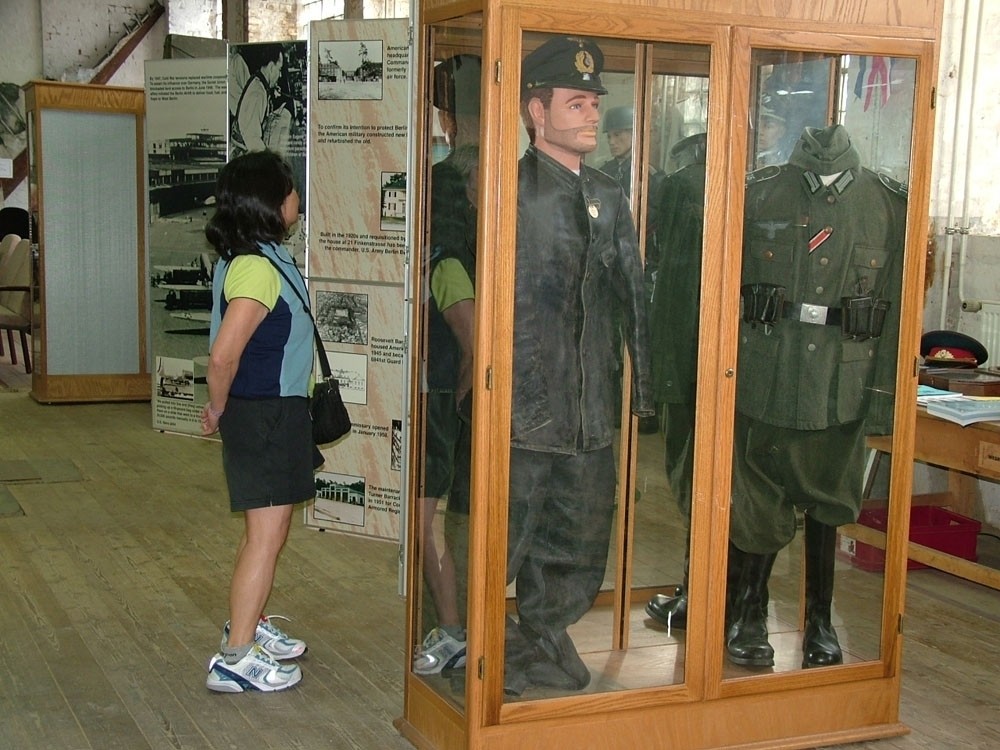

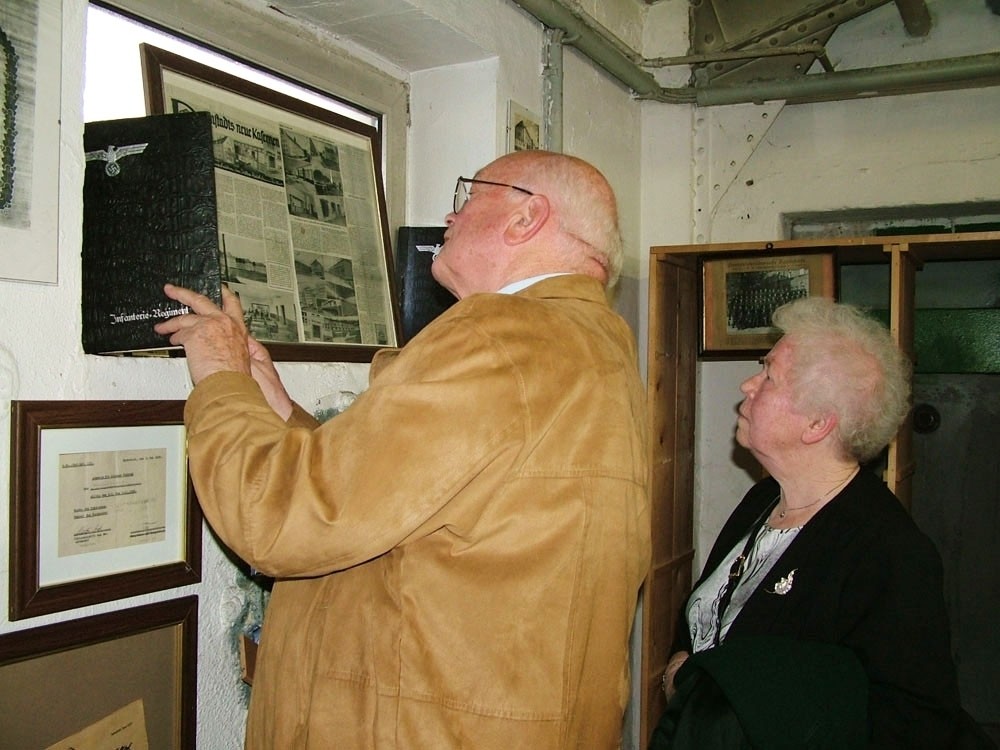
Social Sharing